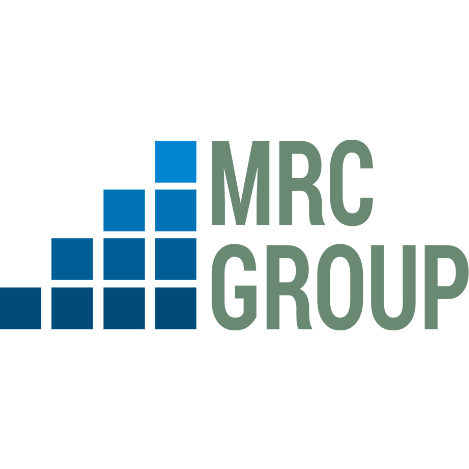













The purpose of this article is to provide a breakdown of the Nigerian Electricity Supply Industry's performance in the first two quarters of 2022, based on quarterly reports by the Nigerian Electricity Regulatory Commission (NERC). The article aims to give insights into the generation, transmission, and distribution of electricity in Nigeria during this period, highlighting the industry's challenges and areas of improvement.
This analysis is aimed at stakeholders and industry experts seeking to understand the current state of the Nigerian Electricity Supply Industry.
Generation Performance
Starting with generation performance, the report showed a reduction in available capacity in Q2 compared to Q1. This was due to a decrease in hydropower production, which was largely affected by the dry season resulting in less water volume and less power generation. However, the shortfall was supplemented by an increase in thermal power generation by 8%. The generation performance had an average daily energy sent out of 3,671 MW in the first quarter of 2022, which decreased from 4,024 MW in the previous quarter. However, there was a slight improvement in the second quarter of 2022, with average daily energy sent out of 3,788 MW.
Transmission Performance:
Electricity transmission is an essential aspect of the Nigerian power sector as it ensures that electricity generated by power plants is effectively delivered to the distribution companies who then distribute the power to the end-users. However, transmission losses are inevitable in this process, and the Transmission Loss Factor (TLF) measures the amount of energy lost during transmission.
In Q2 2022, the TLF in Nigeria was 8.69%, which is 3.02% higher than the average TLF in Q1 2022. It is also higher than the TLF allowance for 2022 which is 7.50%. This implies that there was more energy lost during transmission in Q2 than in Q1 and beyond the limit set by the regulator.
The regulator sets a limit on the TLF to control the losses, and this limit is called the allowed TLF. The fact that the TLF in Q2 exceeded the allowed TLF means that more needs to be done to minimize transmission losses.
Furthermore, the national grid collapsed twice in Q2, the same as in Q1, which is a cause for concern. The first collapse occurred on the 8th of April, and the second on the 12th of June 2022. The collapses were caused by a drop in overall system frequency and an imbalance in supply and demand, respectively.
Overall, these figures indicate that there is room for improvement in the Nigerian electricity transmission sector. It is crucial to implement measures to minimize transmission losses and ensure that the national grid is stable to prevent collapses that can disrupt power supply to end-users.
Distribution Performance
In the Nigerian Electricity Supply Industry (NESI), the distribution of power is a critical component that has a significant impact on the industry's overall performance. In the first two quarters of 2022, there were some notable developments in the distribution performance of the industry. In this blog post, we will delve into the details of the distribution performance of the NESI.
Load Allocation
Every distribution company (DisCo) in the NESI receives a certain percentage of the total power generated, known as the load allocation. This allocation is determined by the regulator in the Multi-Year Tariff Order (MYTO), which guides market participants' operations. In the second quarter of 2022, none of the DisCos received the energy equivalent of their MYTO allocation. Five DisCos received more, and six received less.
Billing and Collection Performance
In Q2 2022, DisCos successfully billed for 4959.53GWh out of 6344.14GWh of energy received, which is less than the energy billed in Q1 by 689.37GWh. However, it's worth noting that more energy was received in Q1 than in Q2, and this difference may be largely due to that fact. Nonetheless, the figures indicate the challenge of billing and collection of revenue faced by DisCos in Nigeria.
Aggregate Technical, Commercial and Collection Losses (ATC&C)
When energy moves through lines and wires, unavoidable technical losses occur, and in developing economies like Nigeria, commercial and collection losses, caused by energy theft and failure to collect payment, respectively, are also prominent. To mitigate these losses, each DisCo is assigned a unique ATC&C allowance in the MYTO. In Q2 2022, the average ATC&C across all DisCos was lower than the average in Q1 by 3.28%. However, this performance was below the ATC&C loss allowance provided in the MYTO.
Conclusion:
In conclusion, the Nigerian power sector faced some challenges in Q2 2022, particularly in generation due to unsuitable weather conditions affecting hydropower plants. This led to a decline in available generation, but thermal power plants were able to supplement this loss. Transmission also experienced challenges with the reported TLF being higher than the TLF allowance and average TLF in Q1, with the spike in June attributed to accounting failures resulting from poor metering at substations. Distribution, on the other hand, saw an improvement in overall collection and billing efficiency, as well as an increase in metered customers. However, customer complaints increased in Q2, with a lower resolution rate compared to Q1.











